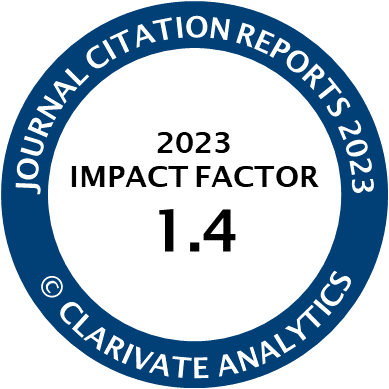Article | Open Access
Students’ Conceptualisations of “Peace” and “War” in Drawing–Text Combinations: A Metapragmatic Multimodal Analysis
| Views: | 1138 | | | Downloads: | 399 |
Abstract: In this article, we investigate (partly guided) conceptualisations of “peace” (and “war”) in children’s school drawings and their accompanying textual framings. We draw on a transdisciplinary framework grounded in ethnography and metapragmatics, combining tools from socio‐pragmatic (critical) approaches to multimodal discourse. Our data consists of authentically generated, photographed image‐text worksheets that were publicly displayed on the fence of a primary school in a small town in Northern Italy in April 2022. Combining qualitative and quantitative analytical procedures, the (textual and multimodal) conceptualisations range from peace as a very concrete mode of secure‐relaxed experience of basic relationships, of home and togetherness, and of self, to peace as care and unity on a more (global‐)political scale. Contrary to ideologies on children’s drawings as naïve‐unmediated “windows” to inner states, our analysis shows how the trans‐/locally re‐/produced repertoire(s) of multimodal frozen mediated actions (including emblematic patterns such as emojis, peace‐flags, comics‐speech bubbles, etc.) are deployed ranging from realistic scenes to abstract and complex visual designs. Thereby, children show themselves as literate and often humorous‐creative practitioners of visual communication.
Keywords: children’s drawings; critical multimodal discourse analysis; metapragmatics; multimodality; peace; peacebuilding; school; visual communication; war; well‐being
Published:
Supplementary Files:
© Lisa Blasch, Nadja Thoma. This is an open access article distributed under the terms of the Creative Commons Attribution 4.0 license (http://creativecommons.org/licenses/by/4.0), which permits any use, distribution, and reproduction of the work without further permission provided the original author(s) and source are credited.




